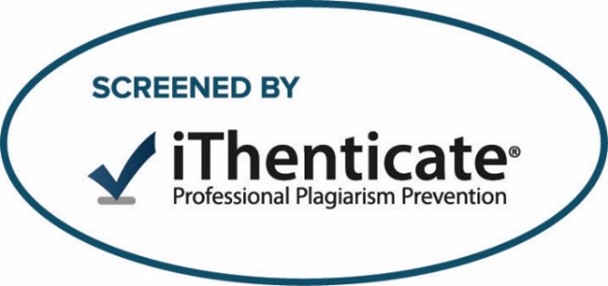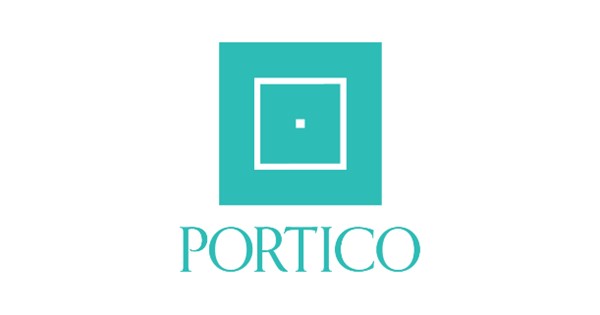Subject Area
Pharmacology and Clinical Pharmacy
Abstract
This study analyses the economic and clinical implications of treating pulmonary tuberculosis (TB), focusing on direct treatment costs and patient outcomes at Da Nang Hospital for Lung Diseases in Vietnam. Data were collected from 448 inpatient TB cases throughout 2022, encompassing both drug-sensitive and drug-resistant forms of TB. Analysis revealed that drug-resistant TB patients incur significantly higher treatment costs compared to those with drug-sensitive TB, with costs escalating further among older adults and patients with multiple comorbid conditions. Specifically, treatment for drug-resistant TB averaged $463.84 per patient, significantly surpassing the $217.09 average for drug-sensitive cases, indicating the economic burden posed by resistant strains. Moreover, the presence of comorbidities was associated with increased treatment expenditures, particularly for drug-resistant TB, highlighting the compounded financial impact of managing multiple health issues alongside TB. The study also noted a direct correlation between higher treatment costs and poorer discharge outcomes, suggesting that improved therapeutic strategies could potentially reduce both clinical and economic burdens. These findings advocate for integrated healthcare approaches that address both the direct and indirect challenges of TB management, aiming to optimize both clinical outcomes and economic efficiency in high-burden settings.
Recommended Citation
Dao, Thi-Kim-Thang; Dinh, Dao; Chuc, Mai-Hien; and Ha, Hai-Anh
(2025)
"Comparative analysis of tuberculosis treatment costs: drug-resistant vs. drug-sensitive cases in Vietnam,"
Bulletin of Faculty of Pharmacy Cairo University: Vol. 63
:
Iss.
1
, Article 5.
Available at: https://doi.org/10.54634/2090-9101.1069
Creative Commons License

This work is licensed under a Creative Commons Attribution-NonCommercial-No Derivative Works 4.0 International License.
Included in
Other Pharmacy and Pharmaceutical Sciences Commons, Pharmacoeconomics and Pharmaceutical Economics Commons, Pharmacy Administration, Policy and Regulation Commons










Follow us: